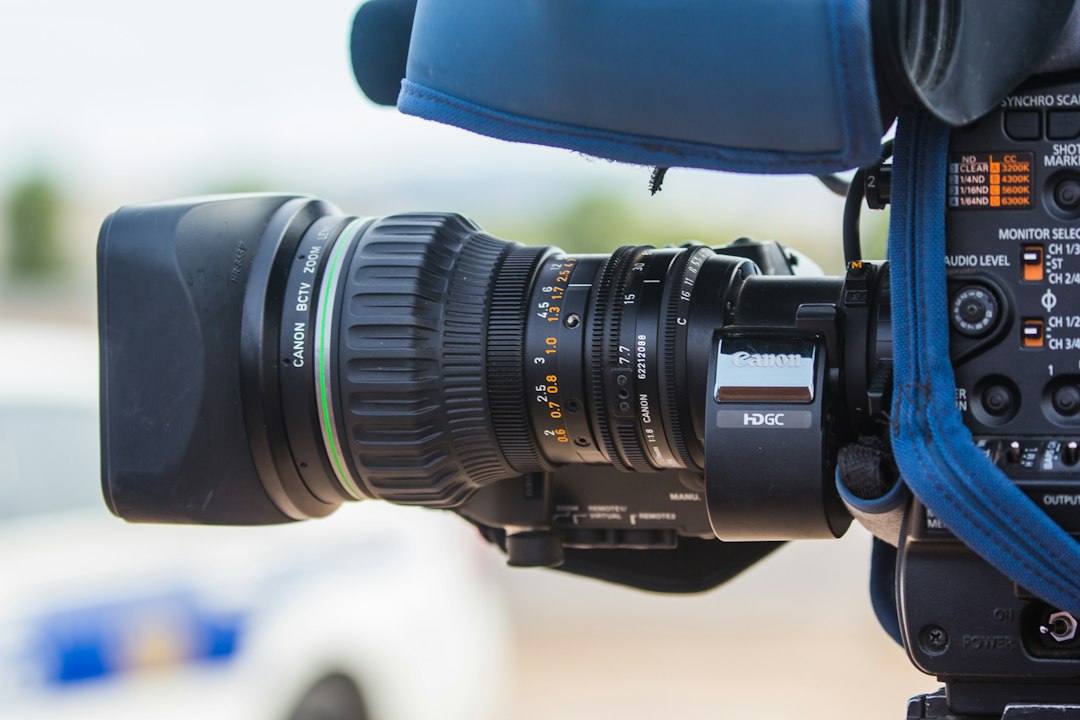
Drones in Disaster Relief: How Unmanned Aerial Vehicles Are Changing Emergency Response Efforts
Share0Drones in Disaster Relief: How Unmanned Aerial Vehicles Are Changing Emergency Response Efforts
In recent years, drones have proven their worth in various fields, and one area where they have made a significant impact is in disaster relief efforts. Unmanned aerial vehicles (UAVs), commonly known as drones, have revolutionized emergency response strategies, aiding in search and rescue missions, damage assessment, and delivery of essential supplies to affected areas.
Drones equipped with high-resolution cameras and infrared sensors have become an invaluable tool in search and rescue operations during natural disasters such as earthquakes, floods, or hurricanes. These UAVs can quickly survey the affected area, locate survivors in remote or inaccessible locations, and relay their coordinates to the rescue teams on the ground. This technology significantly reduces response time, increasing the chances of saving lives.
Moreover, drones play a crucial role in damage assessment after a disaster. Traditional assessment methods took days, if not weeks, to determine the extent of the damage, making it challenging for relief organizations to plan and deploy resources effectively. With drones, however, real-time aerial footage and imagery can be captured and transmitted instantly to the command center. This enables emergency agencies to assess the situation accurately, identify areas of immediate concern, and prioritize their response efforts accordingly.
Another significant advantage of drones in disaster relief lies in their ability to deliver essential supplies to affected areas, especially in locations that are otherwise inaccessible or hazardous for ground-based teams. By equipping drones with payload systems, they can carry medicine, food, water, and even communication devices to those in need. This facilitates aid delivery to remote or isolated communities that may have been cut off due to damaged infrastructure or impassable routes.
Furthermore, drones equipped with thermal imaging cameras have proven effective in detecting heat signatures, enabling them to locate survivors trapped under rubble or in dense vegetation. This allows relief teams to focus their efforts on areas where there is the highest probability of finding survivors, enhancing overall efficiency and effectiveness.
However, as with any technology, drones in disaster relief also come with their own set of challenges. Ensuring the safety and reliability of the UAVs, tackling airspace regulations, and addressing privacy concerns are just a few of the issues that need to be addressed. Moreover, the high cost of acquiring and maintaining drones can be a barrier for some emergency response organizations, hindering the widespread adoption of this technology.
Despite these challenges, there is no denying the positive impact drones have had in disaster relief efforts. Their ability to provide real-time information, aid in search and rescue operations, and deliver vital supplies efficiently makes them an indispensable tool in emergency response strategies. As drone technology continues to advance, it is imperative that governments, relief organizations, and other stakeholders collaborate to overcome the challenges and harness the full potential of drones in disaster relief, ultimately saving more lives and improving the efficiency of emergency response efforts worldwide.
——————-
Article posted by:
Aerial Imaging Media Canada
https://www.aim-can.com/blog
